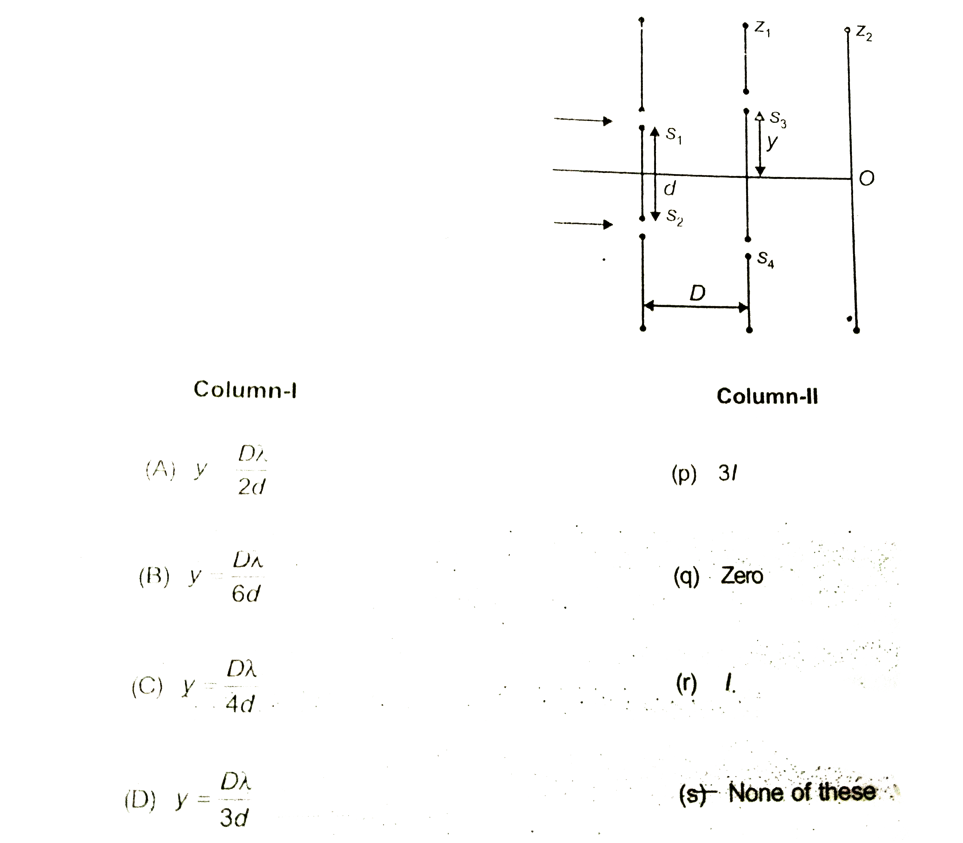Text Solution
Verified by Experts
The correct Answer is:
|
Topper's Solved these Questions
WAVE OPTICS
AAKASH INSTITUTE ENGLISH|Exercise Assignment (Section-G (Integer Answer type question))|1 VideosView PlaylistWAVE OPTICS
AAKASH INSTITUTE ENGLISH|Exercise Assignment (Section-H (Multiple True-False type question))|1 VideosView PlaylistWAVE OPTICS
AAKASH INSTITUTE ENGLISH|Exercise Assignment (Section-E (Assertion-Reason type question))|3 VideosView PlaylistUNITS AND MEASUREMENTS
AAKASH INSTITUTE ENGLISH|Exercise ASSIGNMENT (SECTION - D)|15 VideosView PlaylistWAVES
AAKASH INSTITUTE ENGLISH|Exercise ASSIGNMENT ( SECTION-D ( Assertion - Reason Type Questions ))|12 VideosView Playlist
Similar Questions
Explore conceptually related problems
